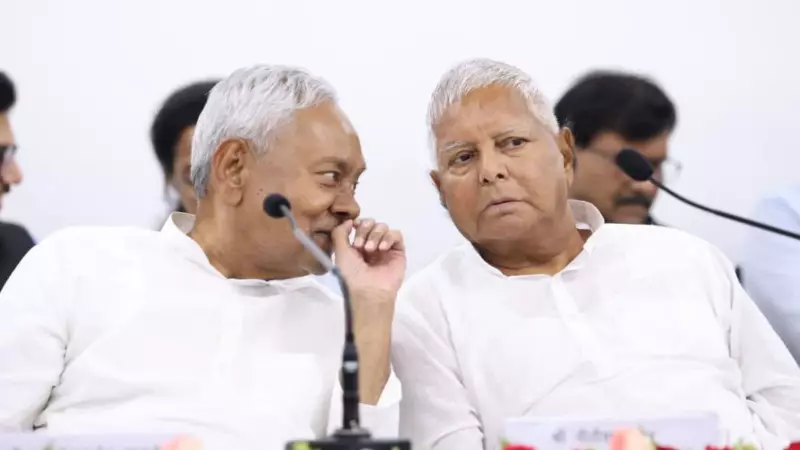
In a startling revelation about political representation, the Bihar Legislative Assembly currently has Muslim lawmakers constituting merely 5.7% of its total strength, despite Muslims forming approximately 17% of the state's population. This significant underrepresentation marks a dramatic shift from the political landscape during Lalu Prasad Yadav's dominance.
The Stark Numbers Behind the Representation Gap
Out of the 243-member Bihar Assembly, only 14 MLAs are Muslim, creating a representation deficit of nearly 12 percentage points compared to their population share. This disparity becomes even more pronounced when examining the geographical distribution of these elected representatives.
Current Muslim MLAs are concentrated in just 14 constituencies, primarily spanning districts like Kishanganj, Katihar, Purnia, and Araria. The remaining 229 constituencies across Bihar have no Muslim representation whatsoever, highlighting the concentration of political influence in specific regions.
The Lalu Prasad Era: A Contrast in Representation
The current scenario presents a sharp contrast to the political environment during Lalu Prasad Yadav's heyday. Historical data indicates that Muslim representation in the Bihar Assembly reached its peak during periods when Yadav's political influence was at its strongest.
Political analysts note that the decline in Muslim representation correlates with changing political alliances and the erosion of Lalu Prasad's traditional vote bank. The current Nitish Kumar-led government, despite its claims of inclusive politics, has seen this representation gap widen significantly.
Regional Concentration and Political Implications
The geographical clustering of Muslim MLAs raises important questions about political diversity and inclusive representation. With Muslim-elected representatives coming from only 5.76% of Bihar's constituencies, vast regions of the state remain without direct representation from the community.
This pattern of concentrated representation has several implications:
- Limited voice for Muslim community concerns in legislative debates
- Reduced diversity in policy-making perspectives
- Potential impact on development allocation across regions
- Questions about the effectiveness of political inclusion strategies
The Broader Political Context
The representation data emerges at a time when Bihar's political landscape is undergoing significant transformation. The shifting alliances and changing voter patterns have created a complex scenario where traditional voting blocs are being redefined.
This underrepresentation trend reflects broader patterns in Indian politics, where minority representation often doesn't align with demographic proportions. The situation in Bihar serves as a crucial case study for understanding how political evolution impacts community representation in legislative bodies.
As Bihar continues to navigate its political future, the question of adequate representation for all communities remains central to discussions about the state's democratic health and inclusive development.





